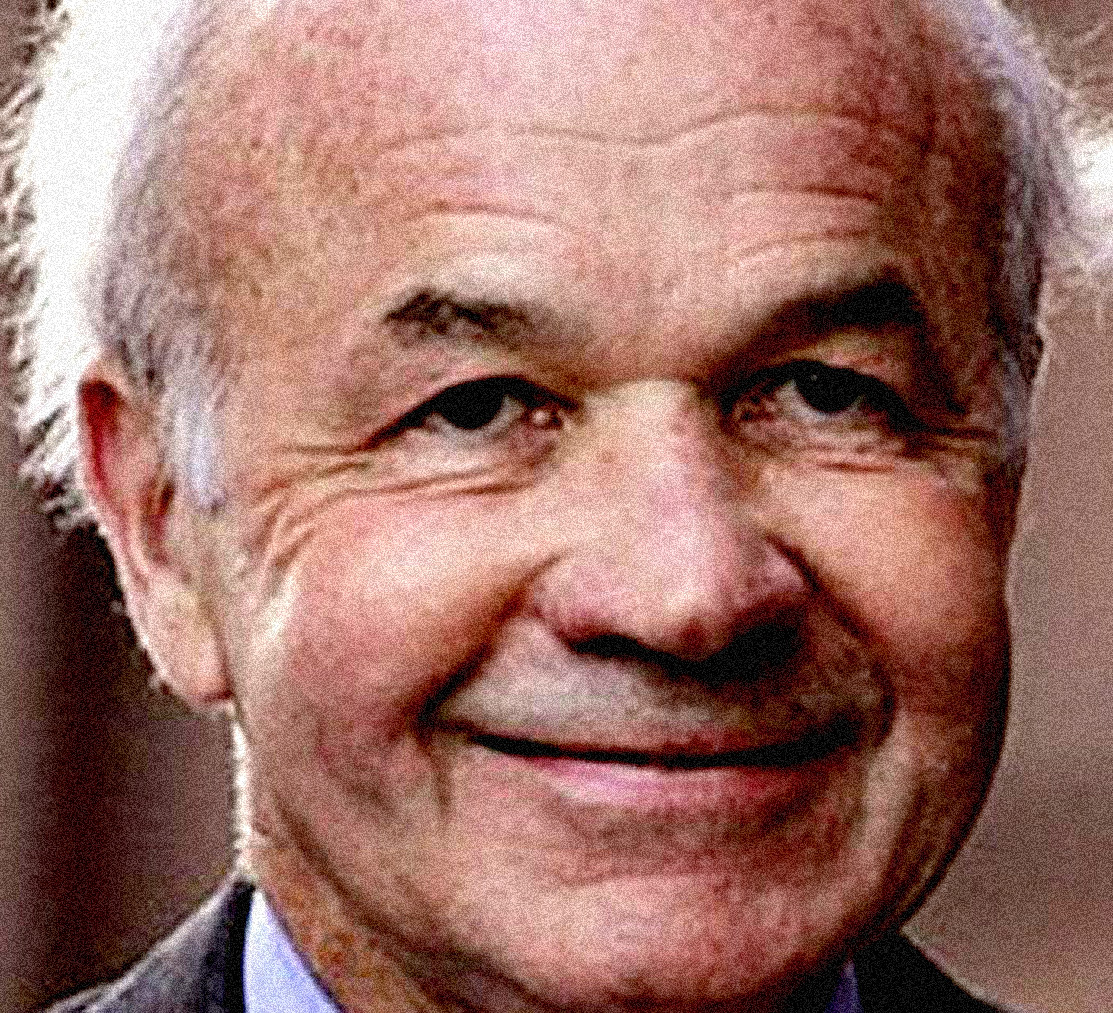
May 17, 2006 – NPR Hourly News – Gordon Skene Sound Collection –
May 17, 2006 – Twelve years, and you’d think the world would have changed forever. No. This day, like many other days, the same news was happening – different people, different places and maybe different circumstances. But the news and the events repeat.
In this case it was the infamous Enron Trial – the scandal which rocked the financial world and became an ominous harbinger of things to come. The Enron scandal was a financial scandal that eventually led to the bankruptcy of the Enron Corporation, an American energy company based in Houston, Texas, and the de facto dissolution of Arthur Andersen, which was one of the five largest audit and accountancy partnerships in the world. In addition to being the largest bankruptcy reorganization in American history at that time, Enron was cited as the biggest audit failure.
Enron’s complex financial statements were confusing to shareholders and analysts. In addition, its complex business model and unethical practices required that the company use accounting limitations to misrepresent earnings and modify the balance sheet to indicate favorable performance.
The combination of these issues later resulted in the bankruptcy of the company, and the majority of them were perpetuated by the indirect knowledge or direct actions of Kenneth Lay, Jeffrey Skilling, Andrew Fastow, and other executives such as Rebecca Mark. Lay served as the chairman of the company in its last few years, and approved of the actions of Skilling and Fastow although he did not always inquire about the details. Skilling constantly focused on meeting Wall Street expectations, advocated the use of mark-to-market accounting (accounting based on market value, which was then inflated) and pressured Enron executives to find new ways to hide its debt. Fastow and other executives “created off-balance-sheet vehicles, complex financing structures, and deals so bewildering that few people could understand them.”
And on this day, both sides rested, and the jury got to deliberate the case.
But there was other news – President Bush signed into law the latest Tax Cut. The $70 billion tax cut package favored largely by the GOP and largely opposed by the Democrats. The legislation kept in place the 15% tax rate on Capital Gains and dividends through 2010. It also extended tax breaks for small business owners when they make investments. Republicans were hoping to use the new tax cuts that election year to convince voters that their policies have kept the economy humming. Democrats said the package was a nice gift to the wealthy that will only add to the nations debt.
And Defense Secretary Donald Rumsfeld traveled to Capitol Hill to reassure lawmakers that the use of the National Guard, which President Bush wanted to deploy along the U.S./Mexico Border, would have specific tasks and not be involved in apprehension or detention of illegal immigrants. While that was going on, the Senate was working on a comprehensive immigration bill that would fund the building of a triple-layered fence at the border that would be 370 miles long.
And that’s a little of what went on this May 17, 2006 as reported by NPR Hourly News.





